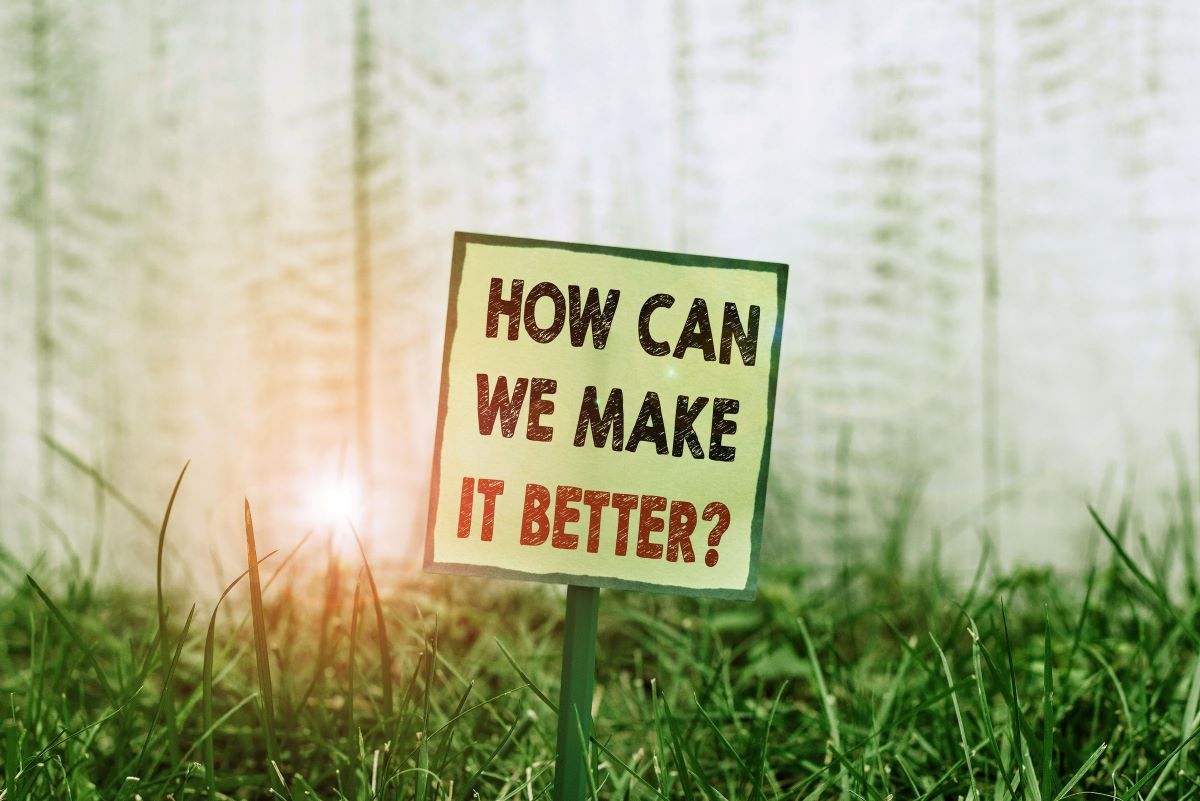How after-action reviews can boost productivity and collaboration
To improve results, you must take time to analyze what happened, why it happened, what went right, what went wrong, and how it can be done better going forward.

If you took all the complaining, blaming, and finger-pointing in the workplace and channeled it into continuous improvement, imagine how much better everybody would work together.
Even in the most successful work interactions or transactions, where you can think of lots of things that went right, there are usually some things that could have gone better.
Every time you think, “I wish I had known xyz” or “Next time we should do abc,” those are opportunities to get better. Don’t miss them. Write them down, talk them through, and use the insights to improve.
That’s what indispensable people do. They get in the habit of doing some form of an after-action review following every significant action or project. In working relationships, such a practice is the heart of continuous improvement.
Make the after-action review your standard operating procedure. Do a structured analysis and debrief of what happened, why it happened, what went right, what went wrong, and how it can be done better going forward:
- How did that sales call go?
- Did I jump into the conversation too soon?
- Did I have a chance to ask the right questions?
- Did I have a chance to provide the right messages?
- Maybe I should have jumped into the conversation at that point?
- How can we work together better on this next time?
After-action reviews can be formal or informal. Perhaps you have been part of a more formal post-project postmortem or lessons-learned session, where a whole project team may go over systems, practices, competencies, and improvements that can be made to the process, to the whole group dynamic, and to the performance of individual participants.
Or maybe you’ve been part of less formal discussions in the middle of a project or afterward about how to improve together as a team or as individuals. In organizations where after-action reviews are a big part of the culture, people will often hold quick informal after-action reviews even after minor actions.
Think of a sports team practicing a particular play, over and over, stopping briefly throughout practice to review, and steadily improving in each successive drill how the members are executing the play. Then, in the middle of the game, they make the play. They use their after-action review habits on the field to quickly discuss how it went and how they can make it even better next time.
After-action reviews can focus on how a process runs or how a whole group dynamic can function better. Or they can be tightly focused on the actions of individual participants, who are expected to answer questions such as:
- What were the intended results of my decisions and actions versus the actual results?
- What decisions and actions did I take?
- What better decisions and better actions could I have taken?
If you are engaging in a recurring process for a standing team, you might periodically conduct a stop, continue, start-style after-action review for the team and/or for each individual. That’s a classic continuous improvement technique used in innovation and manufacturing processes, among other things. The basic questions used in such reviews are:
- What needs to stop?
- What should continue?
- What needs to start?
Imagine the impact those kinds of reviews have on the work in progress. Drive those reviews at the end of every step and at the finish of the project to inform the next one.
Reprinted by permission of Harvard Business Review Press. Excerpted from “The Art of Being Indispensable at Work: Win Influence, Beat Overcommitment, and Get the Right Things Done” by Bruce Tulgan, who is CEO of Rainmaker Thinking. Copyright 2020 Bruce Tulgan. All rights reserved.






